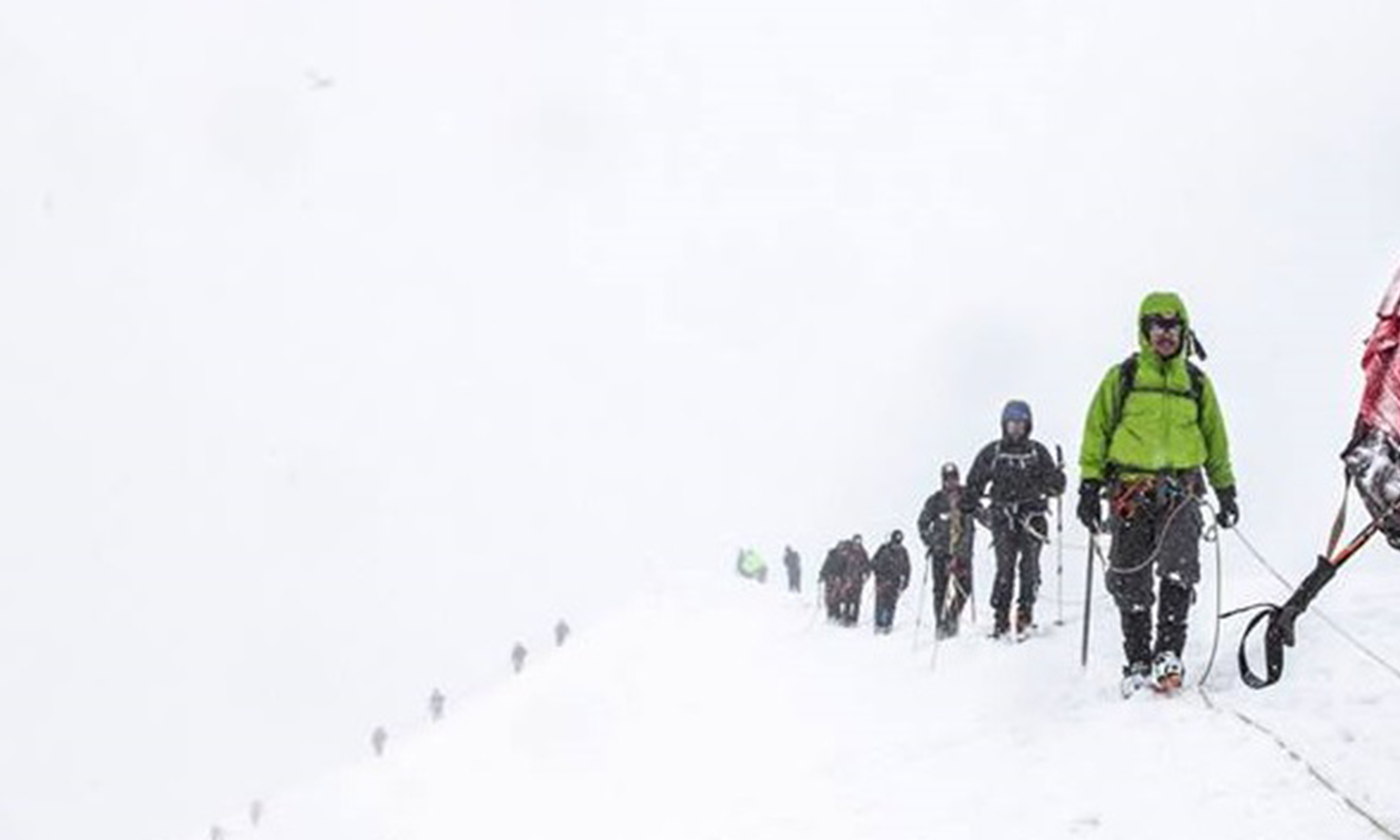


"Seeking help has nothing to do with one’s inability to admit defeat or surrender."
Pedro Sotelo, Past Participant

To do things in life that are self-benefitting may seem unimportant to those of us who are used to serving others. Especially when the thing you need to do causes you fear of misunderstanding…maybe even judgement. Making the decision to seek help to deal with posttraumatic stress disorder (PTSD) was not an easy one. All my life I managed to deal with my innermost issues by myself, without utilizing outside, professional help. Starting now, after so many experiences, was like admitting I could no longer manage myself. However, now I know is that’s not the way I should view it. Seeking help has nothing to do with one’s inability to admit defeat or surrender. It has to do with going beyond personal understanding of ourselves and stepping out to take a look from the outside in. One of the best ways to do this is through people who have dedicated their lives to the study of human behavior and how what happens in our lives can impact our way of thinking.
In seeking help, I was also able to look at what others were doing to get ahead. This is when I came across a documentary that showcased the work of Soldiers to Summits (S2S) and saw hope in the interviews of those participants and how their lives were changed.
After participating in the S2S Peruvian expedition last year, I too acquired some of the same tools to “get ahead” as those previous participants, and my life was changed for the good. Out of the blue I received an email from a local TV station asking me to share my story on a morning news broadcast. I gained a lot of confidence as a participant of an S2S expedition, and I felt that I now belonged to a team dedicated to helping others find that same hope I had found. But, I could have never have imagined how far this experience would go in keeping me inspired and lead me to encourage others to go beyond themselves and take charge in their own lives.
Back to the TV interview, I was nervous and unsure of how to respond to the questions from the interviewer. I rehearsed possible questions and answers, but was still not sure of what to expect. The time for the interview arrived, and I was accompanied by my wife for support, the reporter and the camera technician. After a few questions, the powerful light and camera on my face combined with the understanding that this could help someone else just like it helped me find S2S, my nerves calmed, and I started to have fun. The reporter was very nice and very easy on me with the line of questioning. In the end, the whole experience was wonderful and now my hope is that others will see the interview and be inspired to pursue new ways of healing.
The day after the interview aired, I went to the VA hospital for an appointment and several people stopped me and asked about S2S and my experiences in Peru. Others asked me for my contact information to perhaps sit and talk about issues. But, the best part was that I not only belong to the team of S2S, but I also belong in my community. I can be an example to others to never give up, even when what you do not understand gets in the way of living the life you want. All you have to do to get ahead is take a step forward, seek out all possibilities and have the hope that by embracing adversity, life propels us forward towards the future we all desire.